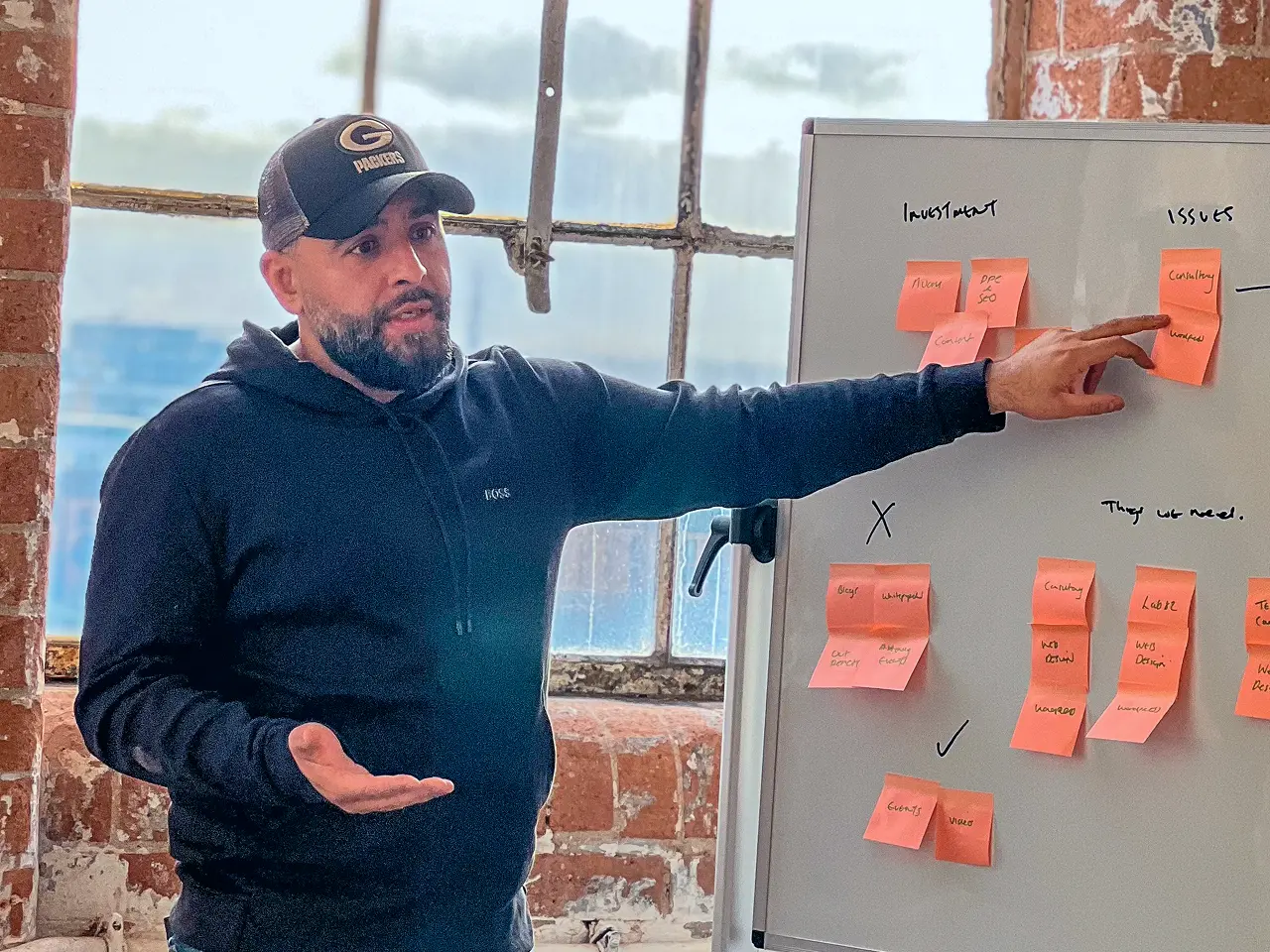Most founders still cling to a flawed playbook:
Dream up an idea
Fall head-over-heels for it
Build in isolation for months
Launch to crickets
Realise no one cares
Start over, bruised
The brutal reality? 90% of startups fail because they build products nobody wants.
I’ve been there. Years ago, I poured $2 million and 18 months into a SaaS platform I was sure would disrupt project management. Spoiler: it didn’t. Customers shrugged, and I was left with a pricey lesson.
But AI has changed everything.
Today, you can kill a bad idea in 72 hours—not 12 months. Here’s how to avoid wasted time, cash, and heartache using AI tools to validate smarter, faster.
Why most startup ideas still fail
Founders tend to fall in love with the solution before validating the problem. They skip early research and commit to building too soon.
You don’t need more conviction. You need more clarity.
Good validation surfaces the right problems before you invest in solving them. It aligns your roadmap with actual demand, not wishful thinking. AI tools now make this faster and more rigorous than ever.
A new model for testing startup ideas
Instead of building and hoping, the AI-first validation loop flips the approach. It starts by scanning public sources for evidence of real user frustration—letting AI extract complaints from Reddit, forums, or review platforms. Then it helps estimate market size by pulling in data from Google Trends and search tools to model demand. From there, you feed in your competitors’ product pages, reviews, and case studies to analyse strengths, gaps, and opportunities. Next, you launch a no-code MVP—something fast, simple, and cheap—to test interest. Finally, if signs are good, you conduct early adopter interviews and let AI help you analyse sentiment, patterns, and objections.
Here’s how it works.
1. Problem verification
AI tools like Perplexity or ChatGPT can scan forums, Reddit, X, and Amazon reviews to identify patterns of user frustration. Once you’ve gathered the results, ask AI to categorise pain points based on how often they appear, how emotionally charged they are, and how urgently users want a solution.
You’re looking for clarity, repetition, and emotional intensity—evidence that a real problem exists in the wild.
One founder I mentored wanted to build a micro-habit tracking app. After running a quick search using Perplexity, they found most users were already satisfied with popular tools like Habitica. There was no compelling unmet need, so the idea was scrapped in a matter of hours.
No real pain = dead idea.
2. Market size analysis
Even if pain is evident, you still need to know whether the market is big enough to be viable.
AI tools can help by summarising search volume from sources like Google Trends or Ahrefs. You can also use AI to model total addressable market (TAM) by segmenting potential users across regions, industries, or behaviours. Tools like Claude or ChatGPT can even cluster related user needs to identify sub-niches and emerging categories.
In 2023, one founder validated a tool aimed at virtual event planners. AI research suggested there were fewer than 5,000 target users actively looking for solutions in their region—too small for a scalable business. They pivoted before wasting any development effort.
Too small = dead idea.
3. Competitor analysis
With a market defined, the next step is to evaluate who else is solving the problem—and how well.
Feed AI your top competitors’ websites, pricing pages, customer reviews, and marketing content. Ask it to summarise where those competitors are strongest, what customer complaints are most common, and which features or segments are being ignored.
A team exploring the meal delivery space used this approach and discovered that most large players ignored solo diners with complex dietary needs. That became their focus—and their unique position in a crowded space.
No clear edge = dead idea.
4. Zero-cost MVP design
Don’t build a product until you’ve validated interest.
Instead, create a fake-door MVP—a low-cost experiment that tests demand without writing code. Use tools like Carrd or Framer to spin up a landing page. Generate mockups with Midjourney. Write persuasive copy using ChatGPT. Then drive a small amount of traffic through Instagram, Reddit, or LinkedIn Ads.
If no one clicks, signs up, or asks questions—it’s a sign the problem might not be urgent or the value isn’t clear.
One founder tested a virtual fitness trainer idea by spending $75 on ads. After 1,000 views, they received just three sign-ups. That low conversion rate told them everything they needed to know. They killed the project before investing any time in development.
No buyer intent = dead idea.
5. Early adopter interviews
If your MVP test shows promise, it’s time to get qualitative.
Use AI to draft personalised outreach messages for cold DMs and emails. Generate interview questions that go deeper than surface-level feedback—questions that reveal buying intent, hesitations, and must-have outcomes.
Once you’ve conducted interviews, feed transcripts into AI to summarise patterns, sentiment, objections, and feature requests.
A startup building a B2B analytics tool landed 15 calls with early users. AI revealed a key insight: while many were curious, only two were ready to commit to a paid version. The rest liked the idea but lacked urgency. This data helped the founders shift their messaging and focus on a different vertical.
No energy = dead idea.
Final thought
Startup failure is still common—but the tools to avoid it are better than ever.
Validation used to mean months of testing and hand-built prototypes. Today, with AI, you can do it in a few days—cheaply, accurately, and at scale.
So stop guessing. Kill bad ideas early. Use the time you save to build something people actually want.
That’s not just smart—it’s survival.





